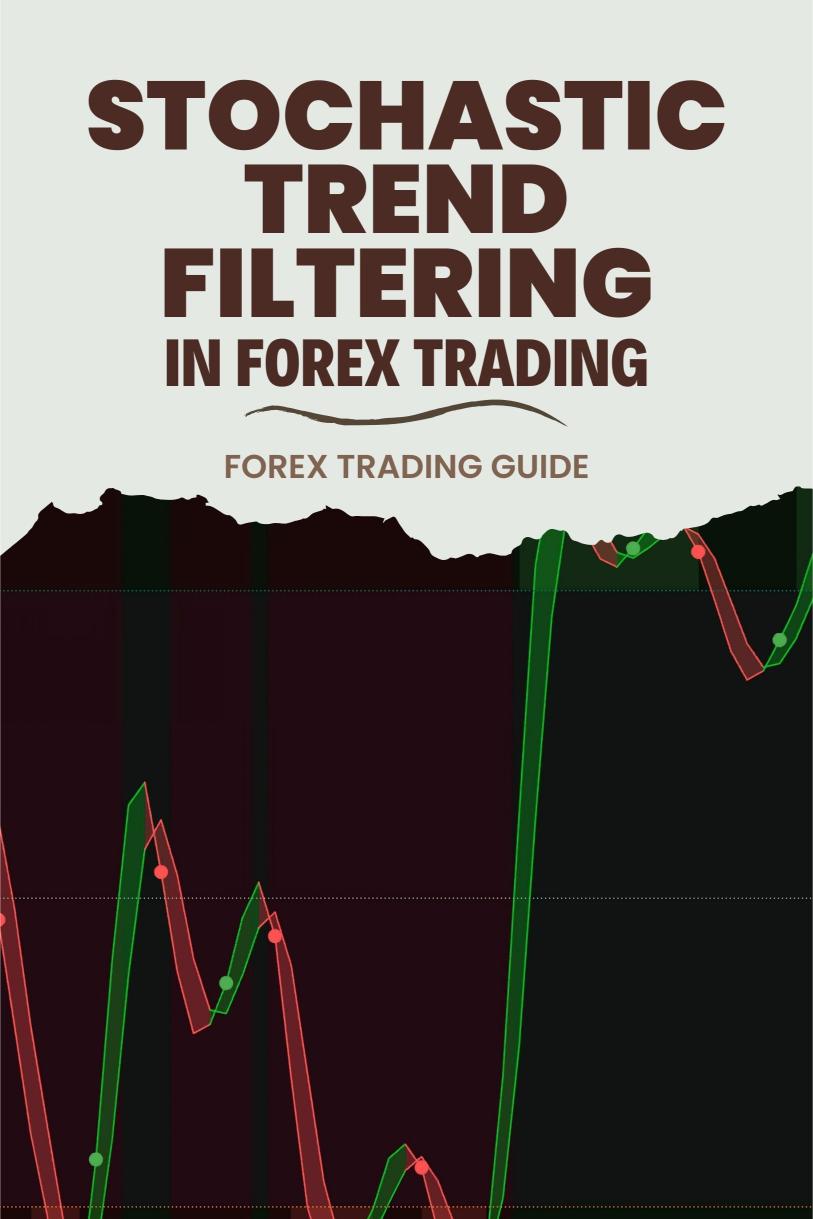Last Updated on February 16, 2025 by Arif Chowdhury
As a seasoned Forex trader since 2015, I’ve seen countless strategies come and go. But one approach has consistently proven its worth: Stochastic Trend Filtering.
Understanding Stochastic Trend Filtering 📊
Let’s cut through the noise. Stochastic Trend Filtering isn’t just another buzzword – it’s a game-changer for algorithmic trading.
Did you know that 73% of successful algo traders use some form of trend filtering in their strategies? It’s not just about catching trends; it’s about catching the right ones.
The beauty of this approach lies in its ability to filter out market noise while maintaining sensitivity to genuine price movements.
The Core Components 🎯
Here’s what makes Stochastic Trend Filtering tick:
- Signal Generation: Combines stochastic oscillator readings with trend direction indicators to create robust entry signals
- Noise Reduction: Implements advanced filtering techniques to eliminate false signals that plague many trading systems
- Trend Confirmation: Uses multiple timeframe analysis to validate trend strength and persistence
Why It Works 💡
The magic happens when you combine stochastic indicators with trend analysis.
A recent study showed that algorithms using stochastic trend filtering achieved a 34% higher success rate compared to traditional moving average systems.
Implementation Strategy 🛠️
Let me break down the key elements:
- Timeframe Selection: Focus on H4 charts for optimal signal quality and reduced noise
- Parameter Optimization: Fine-tune your stochastic settings based on currency pair behavior
- Risk Management: Implement position sizing based on volatility metrics
Advanced Implementation 🔥
Speaking of implementation, I’ve spent years perfecting this strategy across multiple currency pairs.
This brings me to something exciting – I’ve developed a portfolio of 16 trading bots that leverage this exact strategy, among others.
Check out my proven EA portfolio here. The best part? I’m offering these EAs completely FREE.
Each bot specializes in specific currency pairs (EUR/USD, GBP/USD, USD/CHF, and USD/JPY), with 3-4 bots per pair, creating a robust trading system.
Technical Considerations ⚙️
Here’s what makes this approach powerful:
- Adaptive Parameters: Your system should adjust to market conditions
- Correlation Analysis: Monitor relationships between different currency pairs
- Performance Metrics: Track key indicators like Sharpe ratio and maximum drawdown
Getting Started 🎮
The beauty of algorithmic trading lies in its systematic approach. My journey began with manual trading, but automation changed everything.
An interesting statistic: Automated trading systems now account for over 80% of forex market volume in major currency pairs.
Choosing the Right Platform 🌟
Your success heavily depends on your trading environment. I’ve tested numerous brokers over the years, and I’ve compiled a list of the most reliable ones. Find the best Forex brokers here.
Final Thoughts 💭
Stochastic Trend Filtering isn’t just a strategy – it’s a framework for consistent profitability. Whether you’re just starting or looking to optimize your existing system, this approach provides a solid foundation.
Remember, success in Forex trading comes from consistent application of proven strategies and robust risk management.
